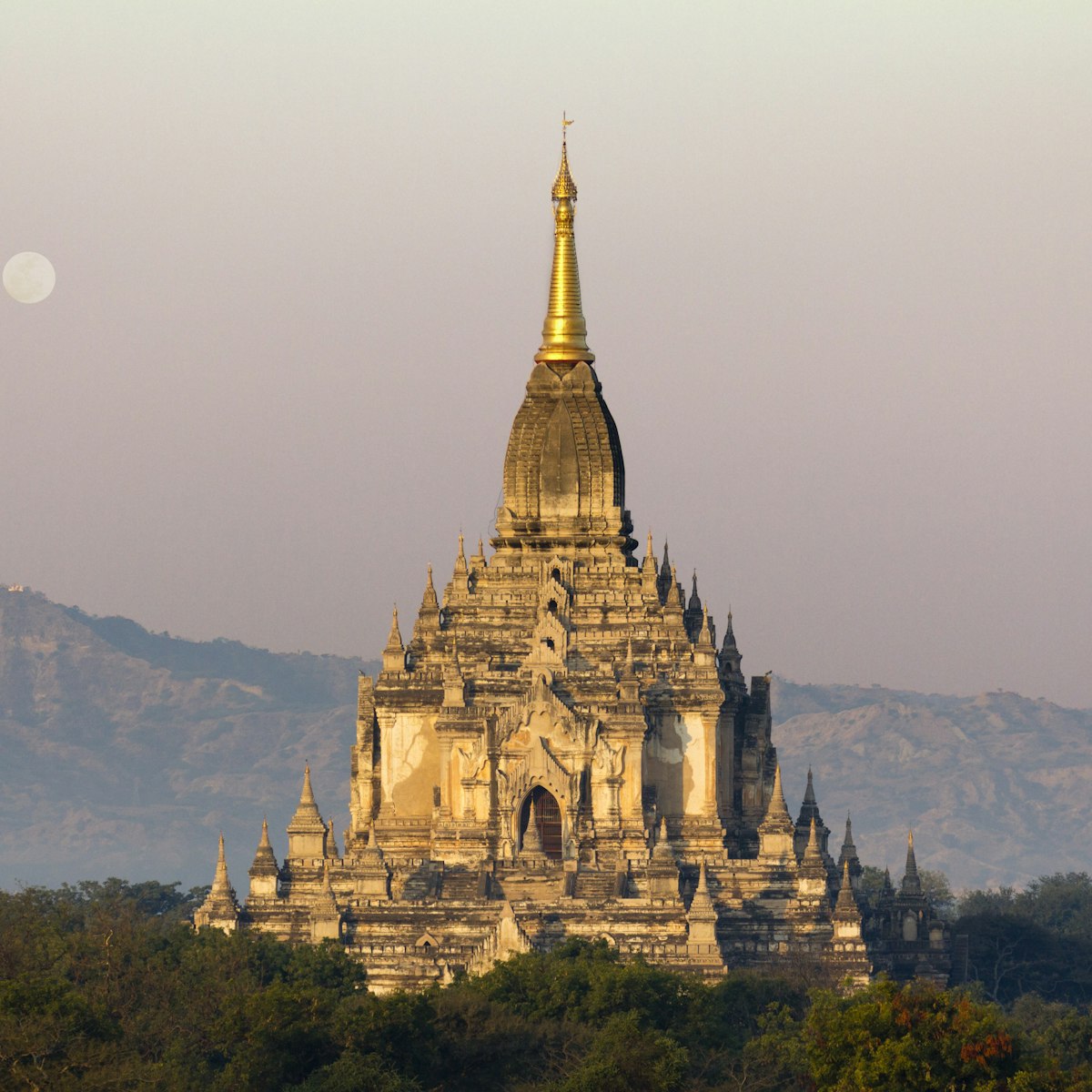
Bagan
With its 170ft-high, gold corn-cob hti (decorated pinnacle) shimmering across the plains, Ananda is one of the finest, largest, best-preserved and most…

Bagan
With its 170ft-high, gold corn-cob hti (decorated pinnacle) shimmering across the plains, Ananda is one of the finest, largest, best-preserved and most…
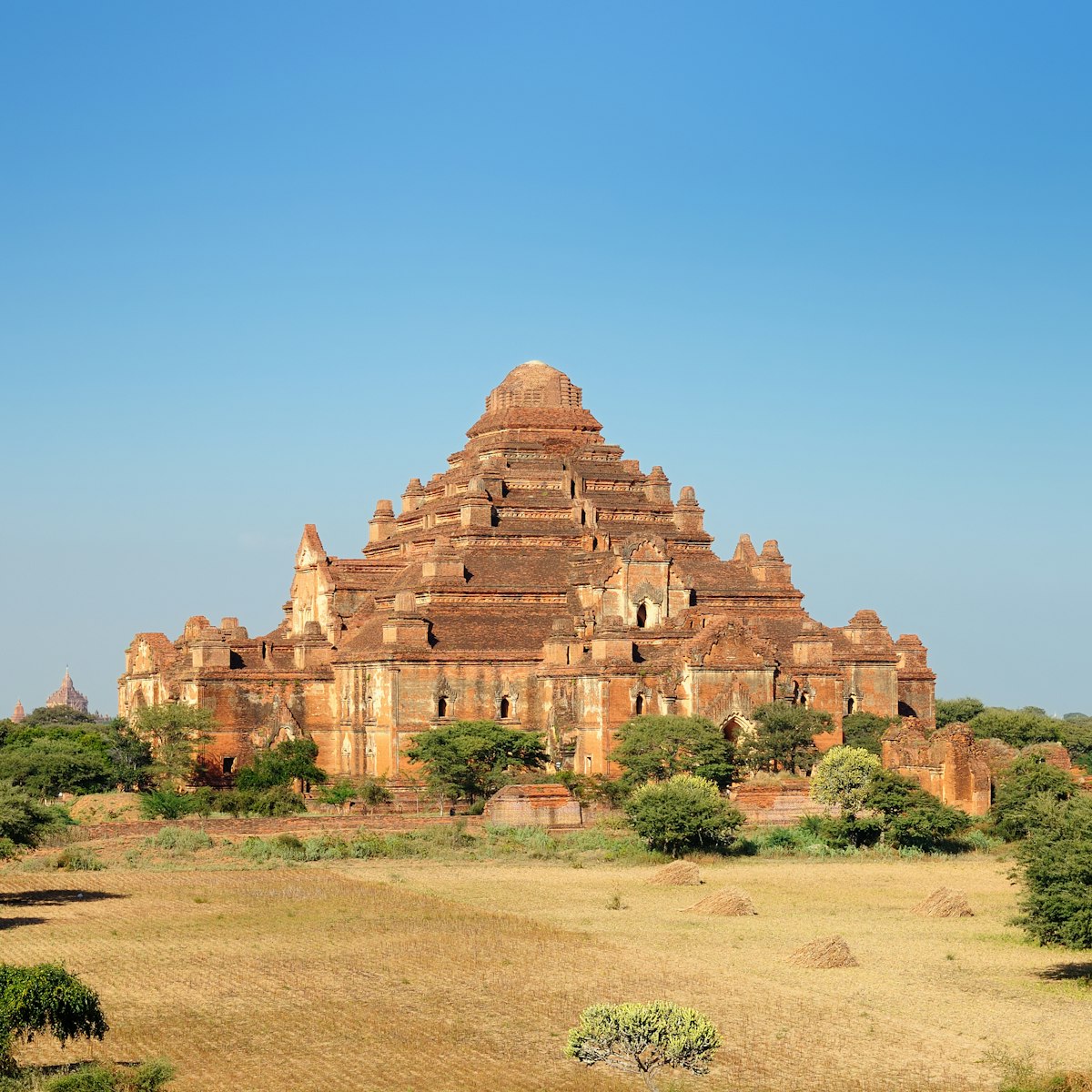
Bagan
Visible from all parts of Bagan, this massive, walled, 12th-century temple – about 1600ft east of Shwesandaw – is infamous for its mysterious, bricked-up…
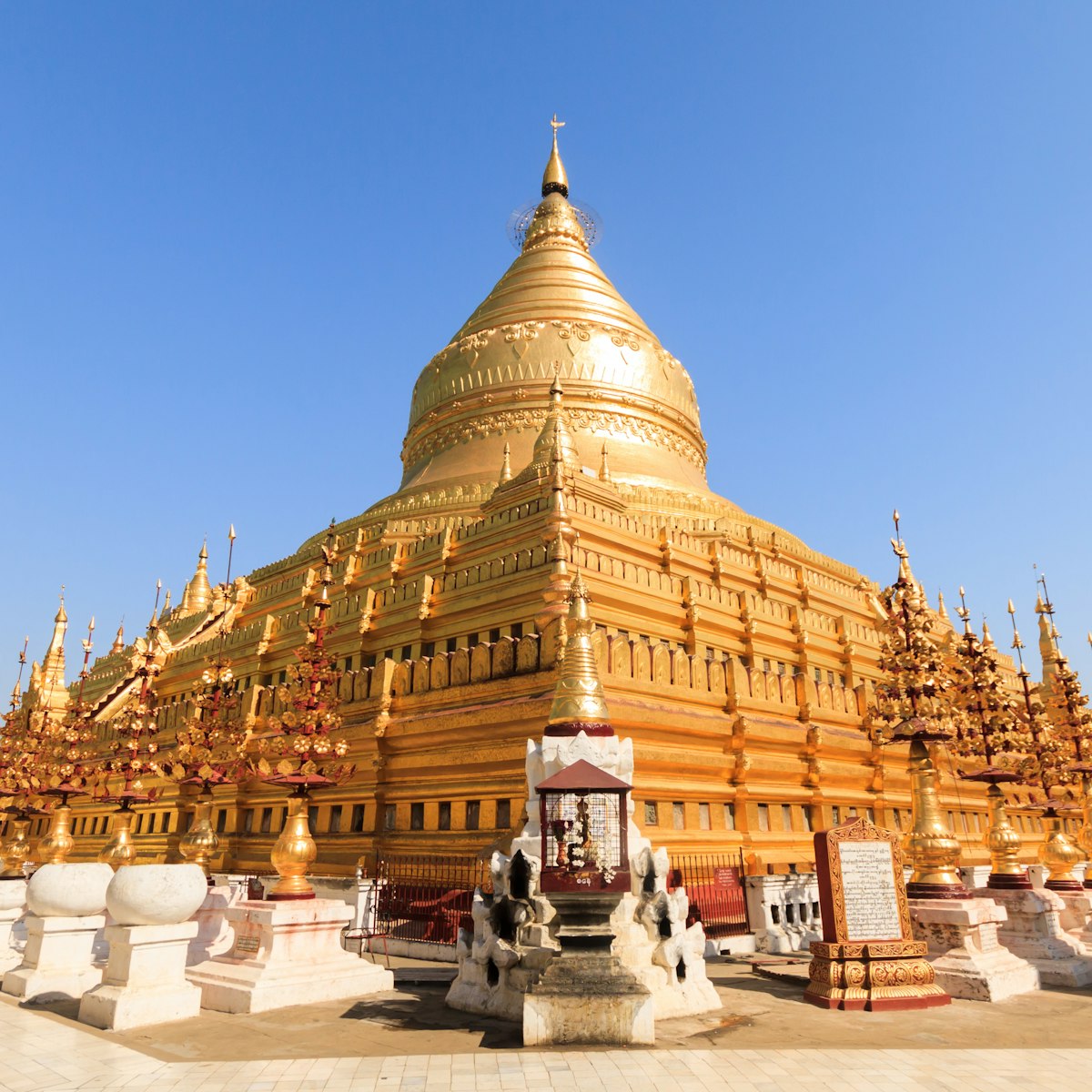
Bagan
At the western end of Nyaung U, this big, beautiful zedi (stupa) is the town’s main religious site, and is most famous for its link with Myanmar's main…
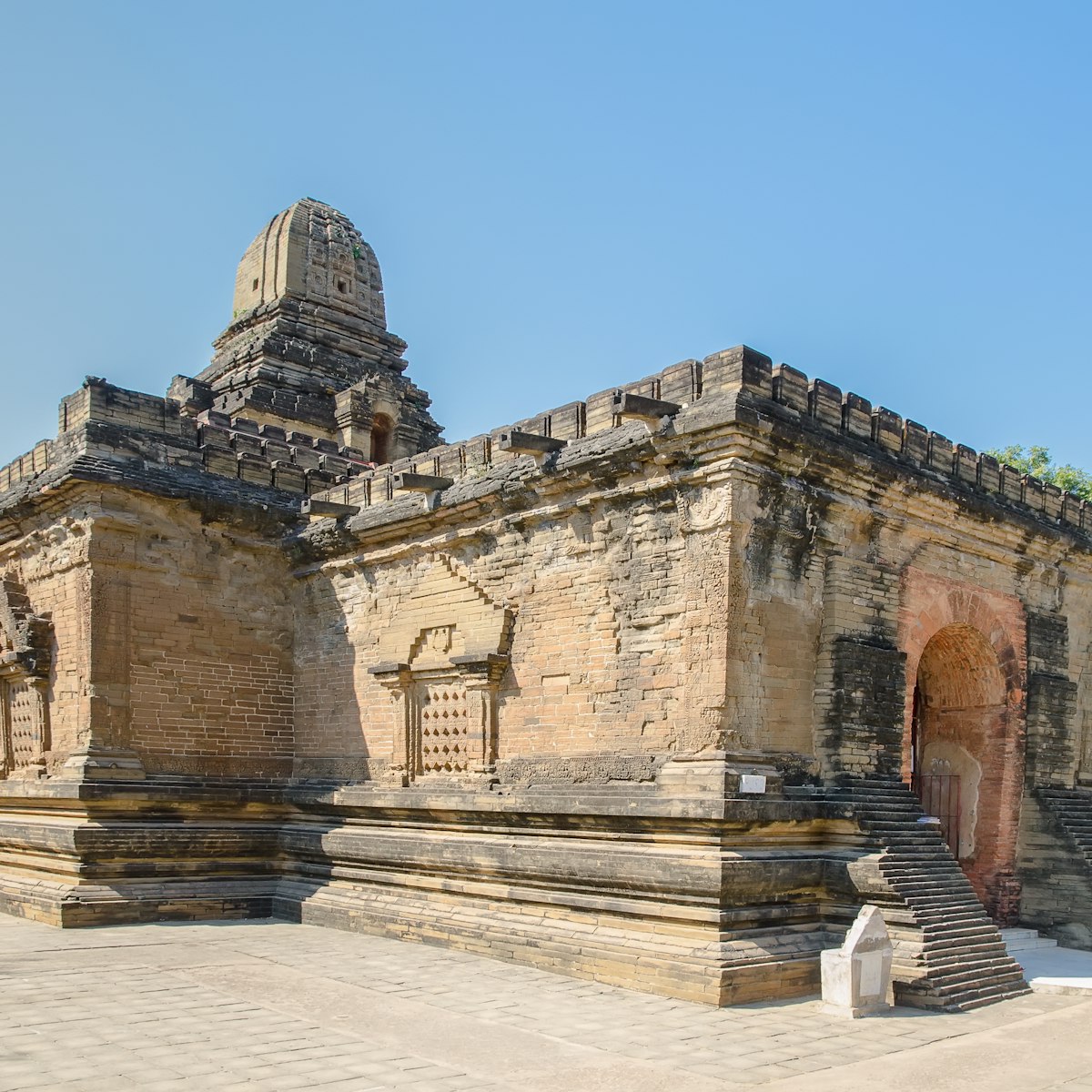
Bagan
Just south of Manuha Paya by dirt road, this shrine is said to have been used as Manuha’s prison, although there is little evidence supporting the legend…
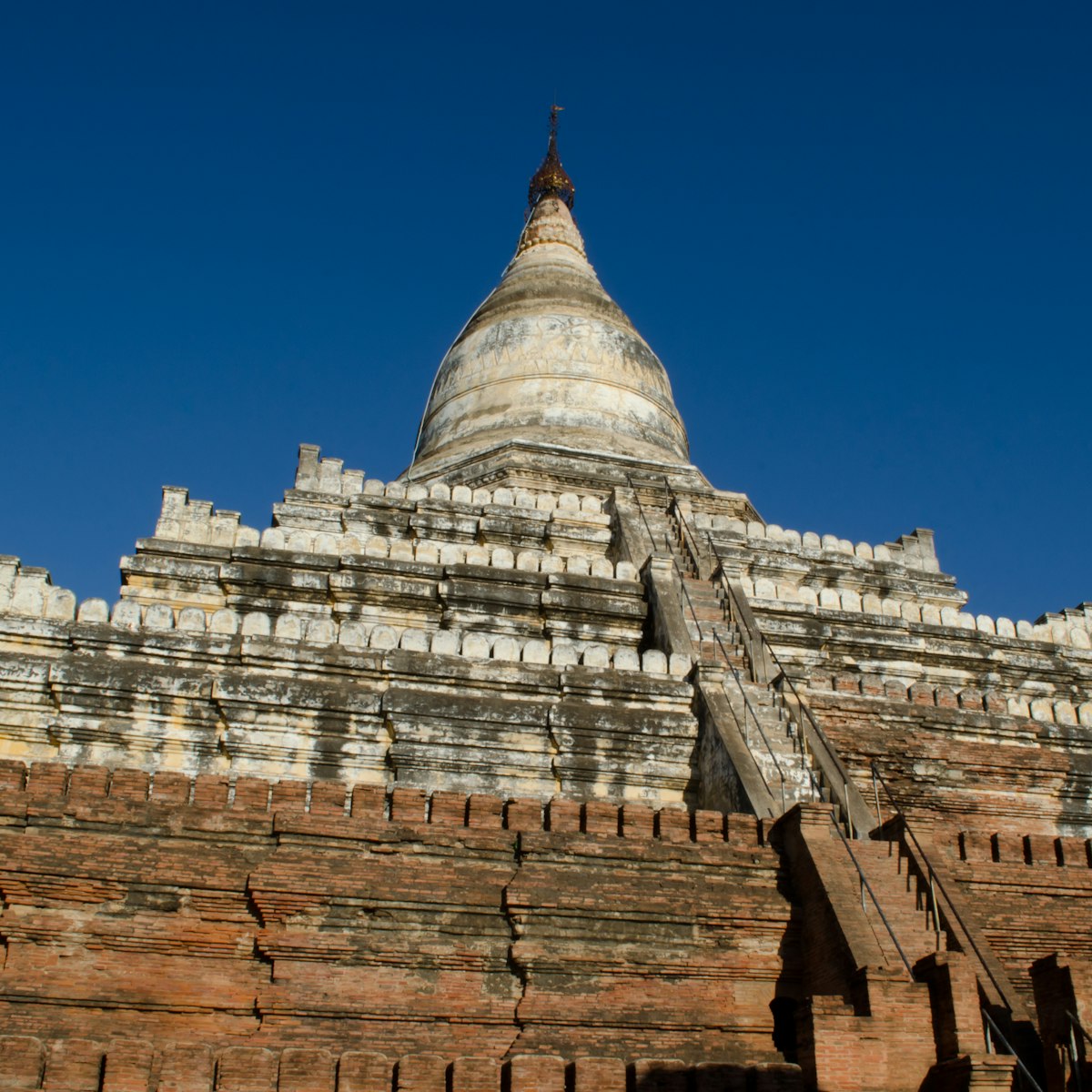
Bagan
Bagan’s most famous sunset-viewing spot, Shwesandaw is a graceful white pyramid-style pagoda with steps leading past five terraces to the circular stupa…
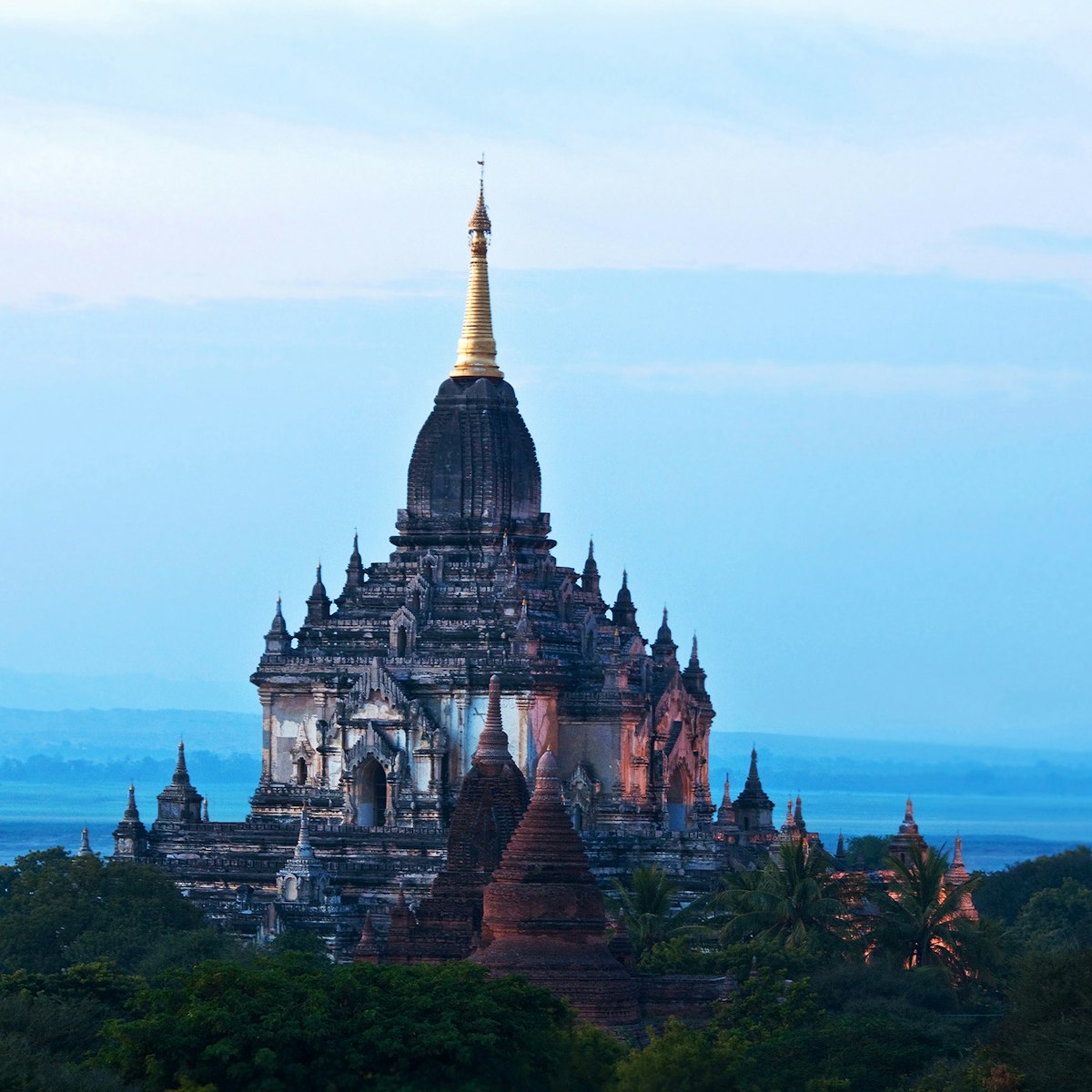
Bagan
Standing 197ft tall, Gawdawpalin is one of the largest and most imposing Bagan temples, although by no means the most inspiring, with its modernised altar…
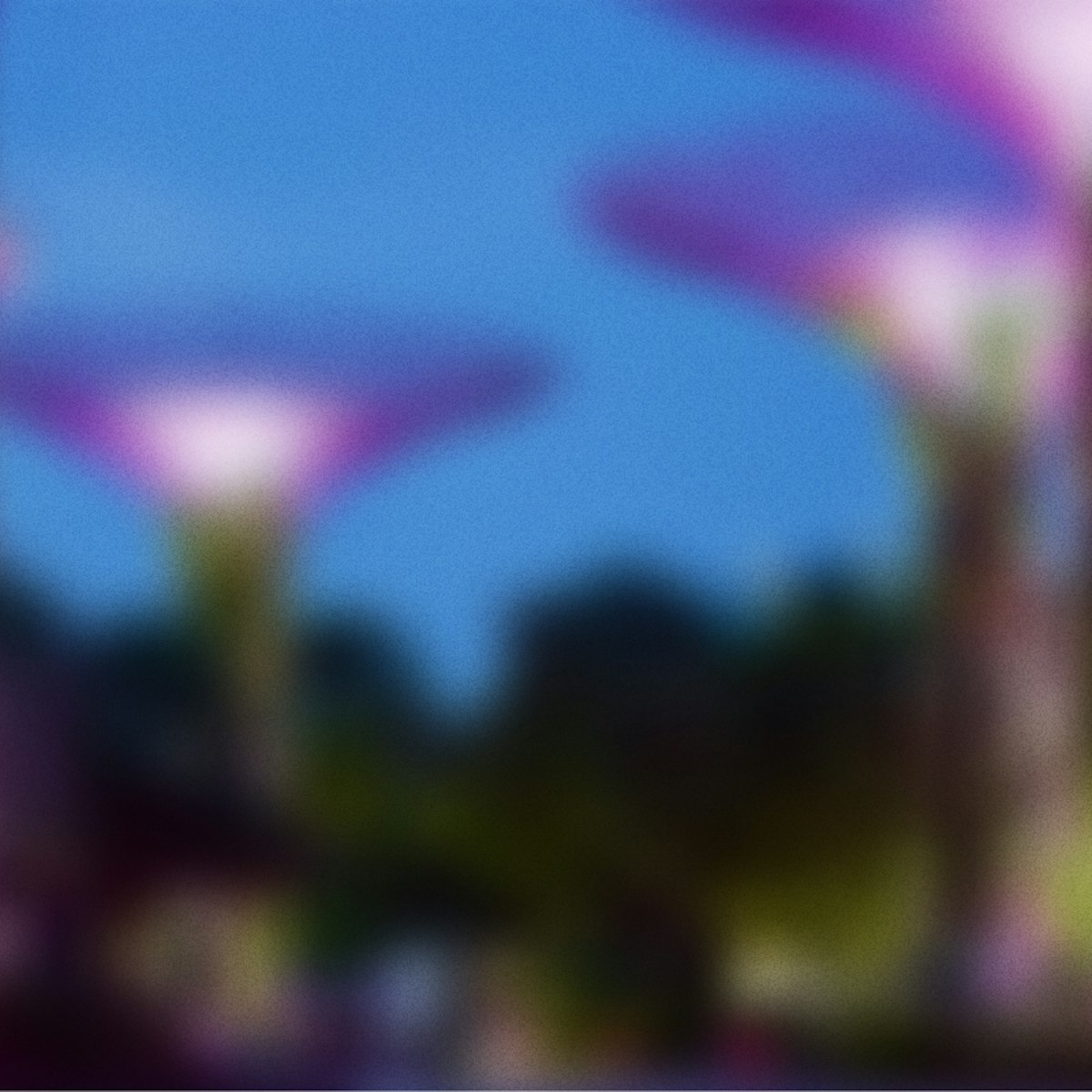
Bagan
This temple with five doorways is known as the Crowning Jewel and was constructed around 1181 by Narapatisithu. It is one of Bagan’s most attractive…
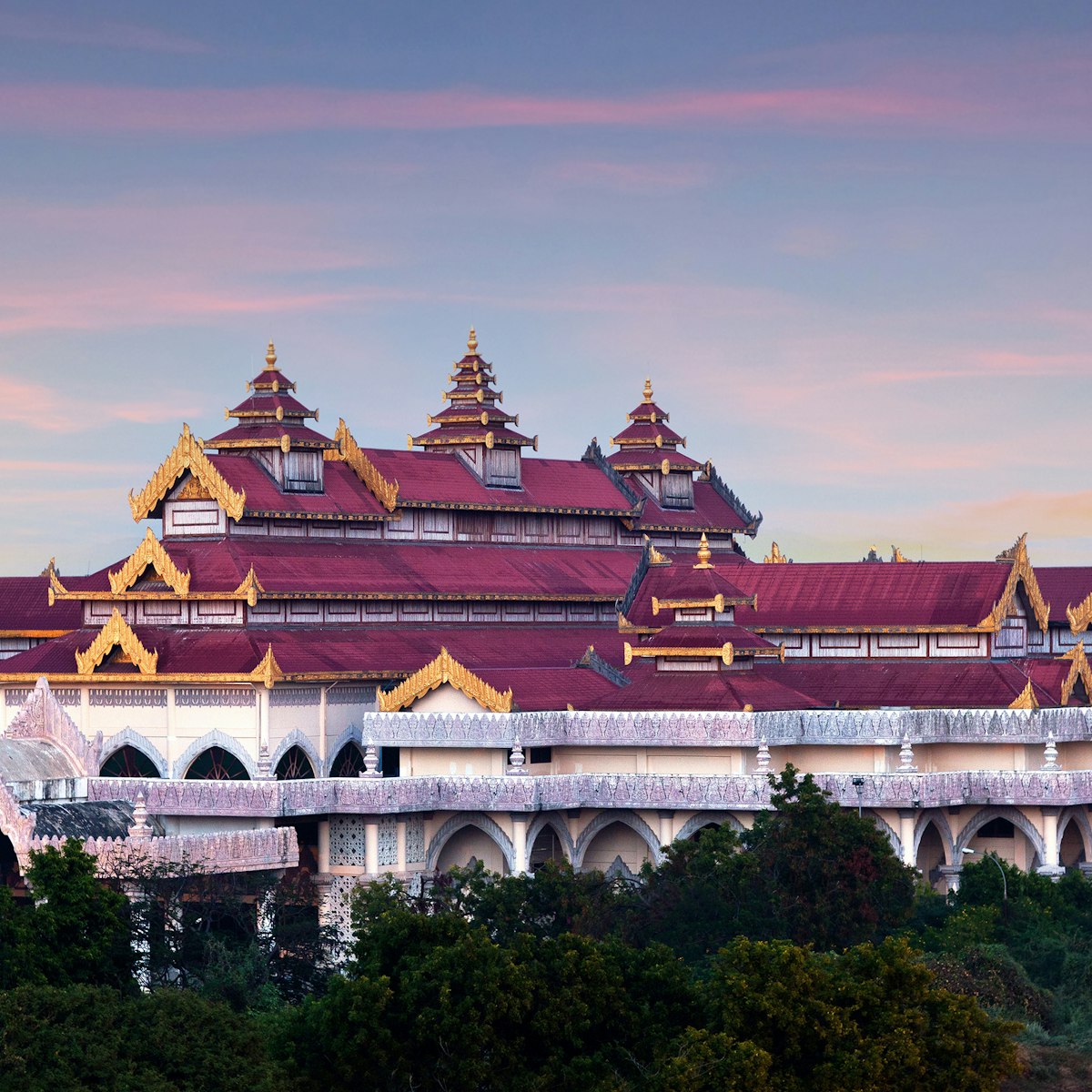
Bagan
Housed in a sprawling complex, this government-run museum features many fine pieces from Bagan (reclining buddhas, original images, inscribed stones and…

Bagan
Dating from the mid-13th century, this small, single-chambered temple has fine frescoes and a ruined seated buddha. It’s about 650ft north of Thambula; a…

Bagan
Between Pahtothamya and Thatbyinnyu, this stubby building – the only Hindu temple remaining in Bagan – has a fascinating history. Named ‘Shrine Confining…
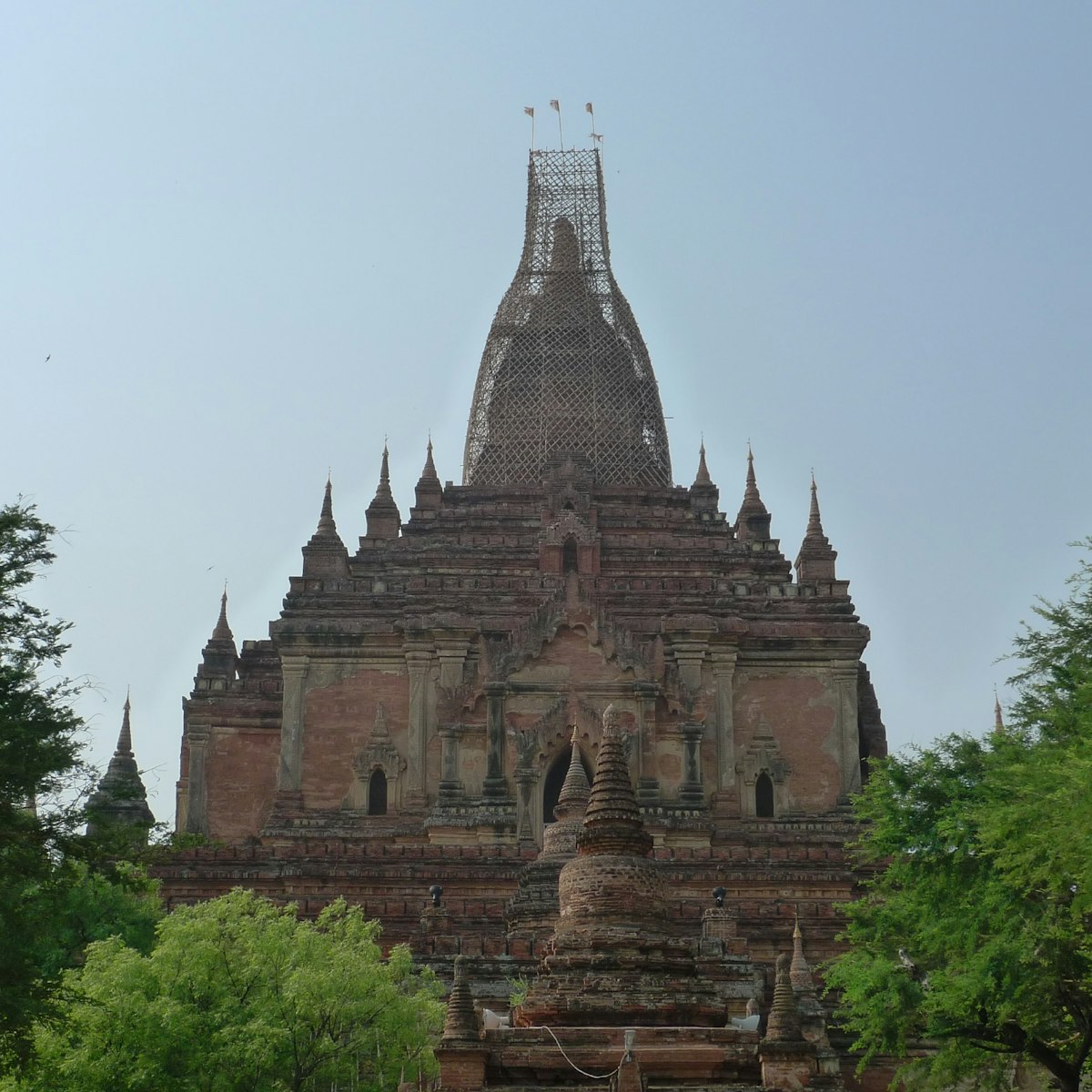
Bagan
This 150ft-high temple (built in 1218) marks the spot where King Nantaungmya was chosen (by a leaning umbrella, that timeless decider), among five…

Bagan
Just to the left of the road as you enter Myinkaba, Gubyaukgyi (Great Painted Cave Temple) draws visitors to see the well-preserved, richly coloured…

Bagan
Across the main road from Tayok, this complex of three interconnected shrines (the name means 'Three Stupas') is worth seeing for its 13th-century murals…

Bagan
Do stop on the eastern side of this former entrance to the original palace site. The gate is the best-preserved remains of the 9th-century wall and the…

Bagan
Sitting in lush garden grounds with a gilded bell, the Dhammayazika dates from 1196. Set in the south-central end of Bagan on the main road, it has lovely…

Bagan
Named for ‘omniscience’, Bagan’s highest temple is built of two boxy white-coloured storeys, each with three diminishing terraces rimmed with spires and…

Bagan
About 1300ft south of Manuha Paya, this 11th-century temple with a Sinhalese-style stupa was supposedly built by Kyanzittha’s Bengali wife Abeyadana, who…

Bagan
In Myinkaba village stands this active and rather modern-looking pagoda (although it dates from 1059). It is named after Manuha, the Mon king from Thaton…

Bagan
On the dirt road 500ft east towards the dominating Thatbyinnyu, the Pahtothamya (or Thamya Pahto) was probably built during the reign of Kyanzittha,…

Bagan
Dating from the 13th century, during the latter period of temple building at Bagan, this huge, impressive pagoda used to be a superb and popular sunset…

Bagan
Slightly south of Abeyadana and across the road, this elegant and well-preserved temple was built by Kyanzittha. The main buddha image is twice life-size…

Bagan
Built by Alaungsithu in 1131, this smaller but elegant pahto (temple), 650ft north of Thatbyinnyu, is an example of Bagan’s middle period of temple…

Bagan
A nice set of chinthe (half-lion/half-dragon deities) guards the stairway leading up to this small, square monastery platform, constructed in 1174 by…

Bagan
At the height of Bagan’s power, boats from the Mon region, Rakhaing (Arakan) and even Sri Lanka would anchor by this riverside pagoda with its distinctive…

Bagan
Unlike any other Bagan temple, this monument, located on the north side of the main road 1000ft west of the gate, is modelled after the famous Mahabodhi…

Seinnyet Ama & Seinnyet Nyima Paya
Bagan
The Seinnyet 'Sisters' are a pair of beautiful paya standing hand in hand next to one another. Built in the 11th century by Queen Seinnyet, the, Seinnyet…

Bagan
Great for its views, this steep-stepped, pyramid-style stupa looks ho-hum from afar, but the narrow terrace has become something of an alternative sunset…

Bagan
Built in the 12th century by Prince Yazakumar as a memorial to his mother, this large and gently tapering gold pagoda is flanked by two large chinthe (…

Bagan
Just west of Nyaung U and about 330ft east of Gubyauknge, this detailed off-the-main-circuit, 13th-century temple has an Indian-style spire, like the…

Bagan
Just west of Ananda, this small vihara (sanctuary or chapel), built in 1137, features some detailed 18th-century murals bursting with bright red and green…

Bagan
Facing Sulamani from the east, and well worth visiting, this sikhara-topped temple looks like a miniature version of its more famous neighbour but sees…

Bagan
Close to the riverbank, towards Myinkaba from Old Bagan, Mingalazedi Paya (Blessing Stupa) represents the final flowering of Bagan’s architectural…

Bagan
Following the sacking of Thaton, King Anawrahta is said to have carted off some 30 elephant-loads of Buddhist scriptures in 1058 and built this library …

Bagan
Although officially credited to Kyanzittha, this cave temple may actually date back to Anawrahta. Built into a cliff face 270yd southwest of Shwezigon,…

Bagan
About half a mile south of New Bagan, this large, 13th-century, bell-shaped stupa is one of the most impressive structures in the area. Built by…

Bagan
Just inland to the northeast from Lawkananda Paya lie the excavated remains of this 11th-century paya, and its twin, Ashe Petleik Paya. Found in 1905, the…

Bagan
A short stroll northeast of Lawkananda Paya, this 11th-century temple is best known for the many terracotta Jataka lining the interior.

Bagan
Claiming that it’s the ‘Only One Thanakha Gallery in the World’, this sizeable complex has a small gallery devoted to the myriad medicinal and cosmetic…

Bagan
On the bank of the Ayeyarwady River (reached from the Nyaung U road, about 650ft northwest of the Mahabodhi Paya), this cylindrical Pyu-style stupa, named…

Bagan
Just north of the Bagan–Nyaung U Rd, almost midway to Nyaung U, this squat mid-13th-century ordination hall houses some brightly painted frescoes on the…